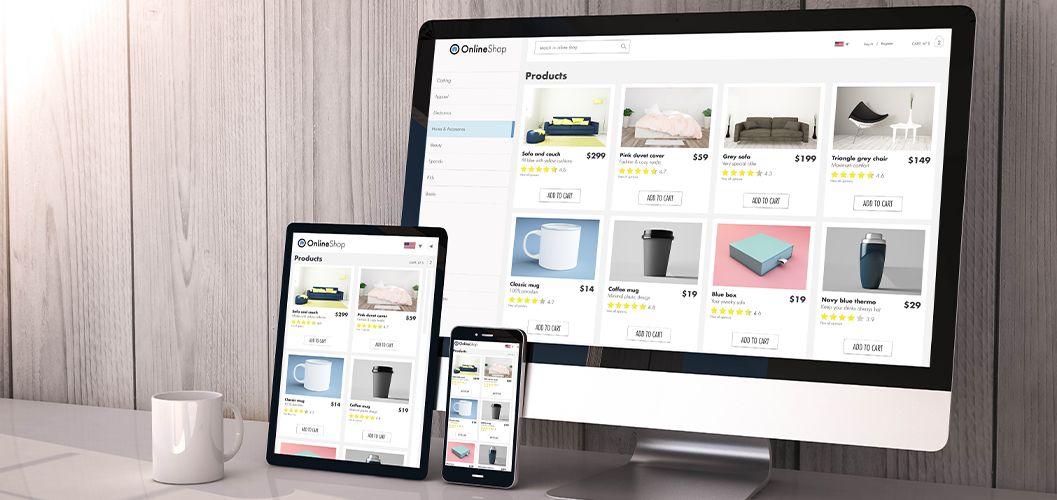We use cookies to make your experience better. By continuing to use our site, you agree to our use of cookies. Click here to find out more.
How To Price Retail From Wholesale

When retailers are first launching their enterprise, one of the common questions an organisation can ask themselves is, how should we price products?
Today, with an unprecedented volume of stores, supermarkets and online channels for consumers to shop with, pricing products can be a difficult dilemma. Finding the right balance between being profitable and being competitive on pricing can be the making or breaking of your enterprise, thus, it’s crucial that retailers conduct scrupulous research before pricing their products and supplies.
Products and the market are constantly changing and diversifying; nothing sits still, so successful retailers and traders will always set their prices precisely. Depending on numerous factors, consumer spending and economic growth are in perpetual motion, so retailers have to be glued to industry trends and statistics to make the most out of their products, whilst remaining mindful of fresh channels and new online enterprises and services which can threaten their business.
What is profit margin?
Profit margin refers to the numerical difference between the price a retailer paid for a product and the price the retailer sold the product. A profit margin, often referred to as markup percentage, is the driving force of retail; retailers’ ultimate aim is to source its supplies for as low as possible and sell products for profitable and prosperous figures.
The markup percentage retailers use is dictated by a variety of factors, from business model and processing cost to the industry and market trends.
Price your products according to your business model
Many businesses will charge different amounts for similar items depending on what kind of retailer they are. Are you a discount retailer offering a range of bargains and boosting profits by selling in volume? Or are you a brand-focused, premium supplier that values quality? Depending on how the retailer is socially and economically defined, profit margins can differ considerably.
A retailer must know its audience. If your retail store or brand has high visibility and recognition, it’s likely consumers will be more loyal to your service and could be willing to spend more. If consumers are looking to take a chance on your product without recognising your brand, price is almost certain to play a huge role in the decision-making process. Competitive prices for new or less renowned retailers can increase brand awareness and reputation considerably.
There are many other business model factors to consider. Retailers have to be aware and in control of running costs, processing costs and labour costs; when pricing products, it’s important that all expenditures are carefully considered to adjust profit margins accordingly.
Price your products according to the market
Before launching your products in a retail space, it’s imperative businesses research competitors and monitor pricing to get an idea of how to price wholesale items. All research is helpful, and retailers must be ruthlessly efficient and proactive with data and information. Although many retailers and business models are different, price is a huge factor for consumers; if you price customers out, and competitors are selling the same items for cheaper, they likely won’t shop with you.
Economic circumstances are equally as important when pricing wholesale products for retail. If the UK economy, or any other economy, is static or in decline, or a product is declining in sale or popularity ubiquitously, it can be a tough time for retailers. The temptation can be to lower prices to increase consumer interest and willingness to spend, but this can affect retail profits.
Conversely, if reports indicate economy growth or the popularity of a particular product is on the increase, it can be a fantastic opportunity for retailers to capitalise and boost profits. Retailers must stay abreast of economic news, data and information, with particular focus on their market and product, to be a success.
Calculating suggest retail price
The vast majority or retailers, discount stores and pound shops will work on a markup percentage between 30%-40%. Some retailers that sell in high volume, either in bulk quantities or to a large amount of customers, can often survive and prosper in the 20%-30% range.
Retailers with high visibility or fantastic brand awareness can often charge more than 40%, but in a highly competitive and savvy generation, it can be hard to get consumers on board when information and comparative tools are so accessible.
Pricing your products from Pound Wholesale
Pound Wholesale earnestly believe that retailers should be free to determine their own profit margins. However, we do regularly provide inexperienced and fresh retailers with information and ideas and are more than happy to assist any business that needs help with product prices or arranging a catalogue.
For new businesses buying wholesale products for retail, we generally recommend that retailers stay in the 30%-40% region, which offers a strong markup percentage whilst remaining competitive.
Example
If Pound Wholesale are selling a product at 55p per unit, here is a rough guide of how to charge your customer.
UNIT COST X 1.3 (30%) = RECOMMENDED RETAIL PRICE
*product priced at 55p. Example does not include VAT.
|
30% |
71P |
|
35% |
74P |
|
40% |
77P |
If you’re looking for help pricing products for retail that you’ve purchased in bulk from Pound Wholesale, please do not hesitate to get in touch with us at info@poundwholesale.co.uk or on 01254 790233.
Login to your account
Reset My Password

